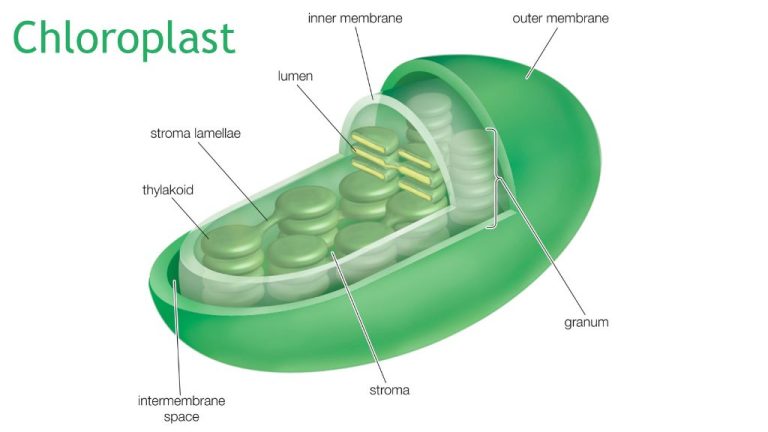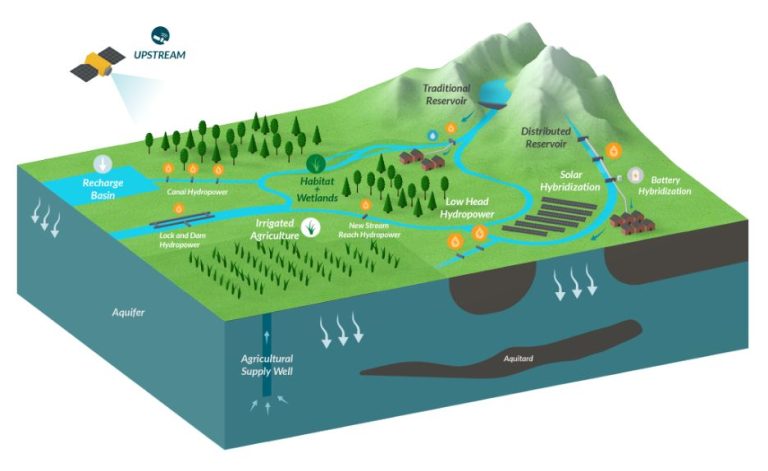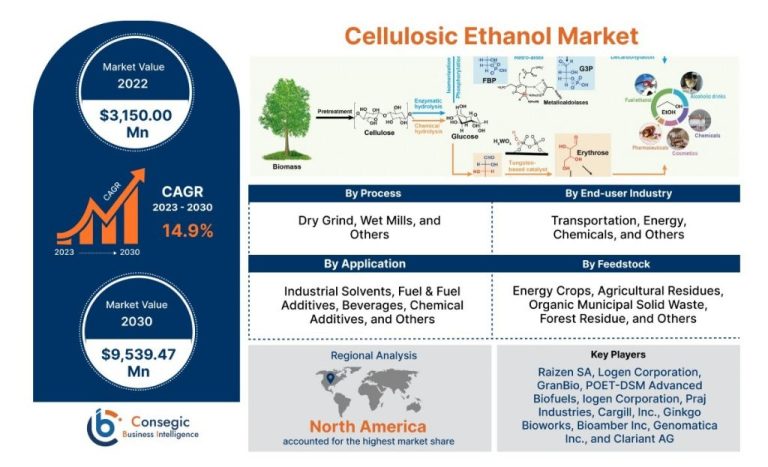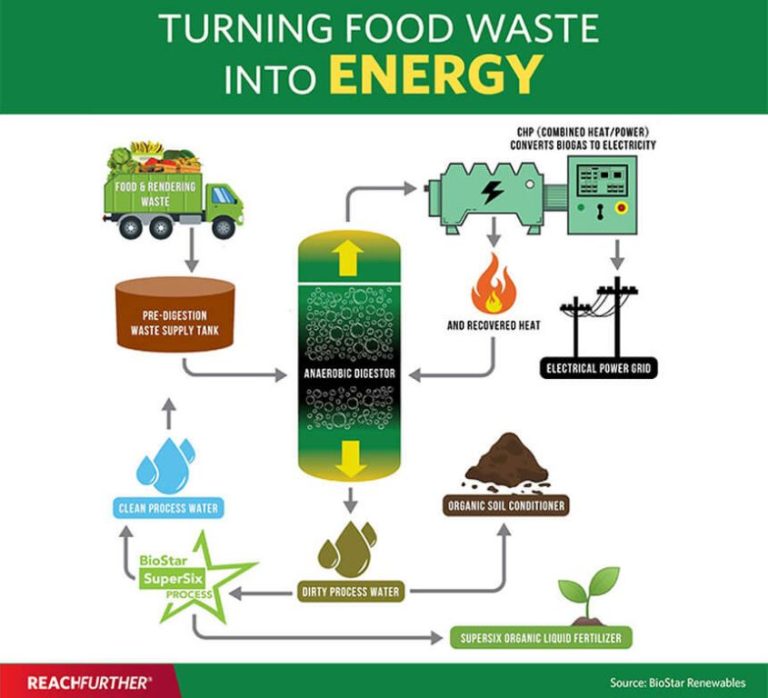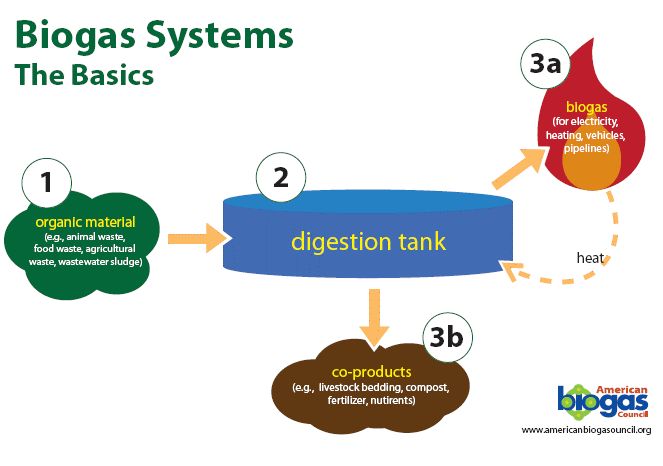What Is The Most Commonly Used Bioenergy Crop Grown Today?
Bioenergy refers to the renewable energy derived from biological sources that can be used to generate electricity, heat, or fuel for transportation. Common bioenergy sources include wood, biogas from landfills, and ethanol made from corn. Bioenergy is considered a form of renewable energy because the organic materials it comes from can be replanted and regrown on a human time scale.
Bioenergy crops are plants that are specifically grown to be used as feedstocks for bioenergy production. They are harvested and processed into liquid biofuels like ethanol and biodiesel or combusted directly to produce heat, steam, electricity or a combination of heat and power. Growing dedicated bioenergy crops provide a reliable source of biomass that can be sustainably produced. Some of the most common types of bioenergy crops include corn, soybean, switchgrass and miscanthus.
Background
Bioenergy crops have been used as a source of energy for thousands of years. According to Trvst, humans initially used bioenergy crops like wood for essential heating and cooking. In the 19th century, more modern uses began appearing, with bioenergy being used for lighting and powering steam engines. Cablevey notes that there is evidence humans used biomass for energy between 230,000 and 1.5 million years ago. Up until the 19th century, traditional biomass like wood, crop waste, and charcoal was the main global energy source according to Impactful.
Common Bioenergy Crops
Some of the major bioenergy crops grown today include:
- Corn – One of the most widely grown crops for bioenergy is corn (UNL CropWatch). Most corn grown today is used to produce ethanol, an important biofuel. In the US, over 90% of ethanol is produced from corn (HowStuffWorks).
- Soybean – After corn, soybean is the second largest bioenergy crop. Soybean oil can be converted into biodiesel, an alternative fuel (Repsol).
- Sugarcane – Sugarcane and its byproducts can be used to produce ethanol. Brazil relies heavily on sugarcane ethanol as a renewable fuel source (Repsol).
- Switchgrass – A hardy grass native to North America, switchgrass is emerging as a dedicated energy crop for cellulosic ethanol production (UNL CropWatch).
Corn
Corn is the most commonly grown and used bioenergy crop today (UNL CropWatch). In the United States, around 40% of corn is used for ethanol production, making it the primary feedstock for biofuel (Civil Eats). Corn has several properties that make it well-suited as a bioenergy crop:
- High starch content – The starch in corn can be easily converted into ethanol through fermentation.
- Existing infrastructure – Corn is already widely grown as a food crop, so the equipment, transportation, and storage needed to produce it at scale is already in place.
- High yields – Corn produces more carbohydrates per acre than other crops, resulting in higher ethanol yields.
- Versatility – Corn can be processed into ethanol, biogas, or burned directly for energy. The leftovers can be used as livestock feed.
- Government support – Policies like the Renewable Fuel Standard have incentivized corn ethanol production in the U.S.
With its high yields, flexible uses, and existing infrastructure, corn has proven to be the most practical and cost-effective feedstock for producing biofuels today.
Corn Production
Corn is the dominant bioenergy feedstock produced in the United States. In 2021, over 15 billion bushels of corn were produced, representing nearly a third of global corn production (U.S. Bioenergy Statistics, 2022). The majority of this corn goes towards ethanol production, with around 40% of the annual corn crop being used to produce ethanol in recent years (Bioenergy Corn – UNL CropWatch).
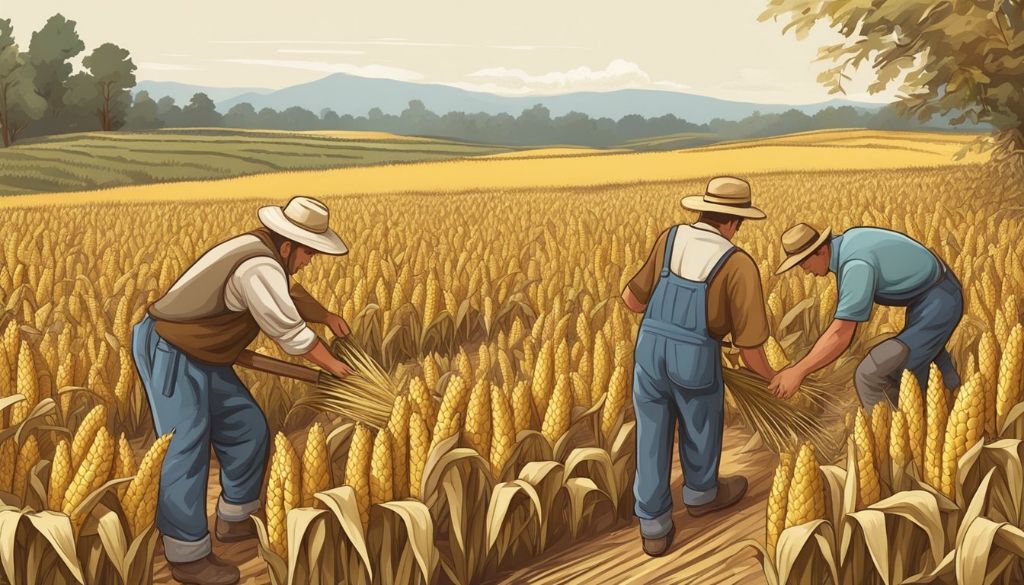
In 2021, around 5.2 billion bushels of corn went into ethanol production in the U.S., producing about 15 billion gallons of ethanol (U.S. Bioenergy Statistics, 2022). This accounts for over 90% of total U.S. ethanol production. Corn-based ethanol makes up about 10% of the gasoline supply in the U.S. The amount of corn used for ethanol has increased dramatically over the past couple of decades, with under 700 million bushels used for ethanol production in 2000 compared to over 5 billion bushels in 2021 (U.S. Bioenergy Statistics, 2022).
Ethanol Production
Corn is the main feedstock used for ethanol fuel production in the United States. According to the U.S. Department of Energy’s Alternative Fuels Data Center, over 90% of U.S. gasoline contains some percentage of ethanol, with most gasoline being E10 (10% ethanol, 90% gasoline) [1]. In 2020, around 5.2 billion bushels of corn were used to produce 15.8 billion gallons of ethanol fuel [2].
Ethanol is produced from corn through a dry milling process. First, the corn kernels are ground into flour or meal. Then, the flour is mixed with water to form a mash. Enzymes are added to the mash to convert the starch into sugar, which is fermented into ethanol using yeast. The ethanol is then distilled and dehydrated to create fuel-grade ethanol. The solids left over from fermentation, known as distillers grains, are dried and sold for use as livestock feed [3].
Fuel ethanol increases gasoline’s octane rating and reduces emissions of carbon monoxide and other air pollutants. However, its lower energy content compared to gasoline results in decreased fuel economy. There are also debates around ethanol’s impact on food prices and the energy required to produce it versus what is gained [1].
Other Uses
While ethanol production is the dominant use of corn for bioenergy, corn has other bioenergy applications as well. Corn can be converted into biogas through anaerobic digestion. The corn feedstock is broken down by microorganisms in an oxygen-free environment, producing biogas that is rich in methane. This biogas can be used similarly to natural gas for heating, electricity generation, and transportation fuel.
Corn stover, which refers to the leaves, stalks, and cobs of the corn plant left over after harvest, can also be used as a cellulosic feedstock for advanced biofuels. After the corn kernels are harvested, the stover can be collected and converted into biofuels through processes like pyrolysis and gasification. These next-generation biofuels have advantages over corn ethanol like higher energy content and the ability to use in current vehicles and infrastructure.
Overall, while corn ethanol dominates current biofuel production, corn’s versaility provides other opportunities to extract energy and value from the crop and its residues.
Benefits
Corn has several advantages that make it a popular choice as a bioenergy crop. According to UNL CropWatch, corn is well-suited for biofuel production because of its high starch content, which can be converted to ethanol relatively easily. Additionally, there is already extensive infrastructure in place to plant, harvest, and store corn in large quantities.
The University of Maine Cooperative Extension also notes that corn’s starch content and ease of conversion to ethanol make it a good biofuel feedstock. Corn ethanol production utilizes approximately 40% of the U.S. corn crop annually.
Research published in IntechOpen highlights that a major advantage of corn-based biofuels is that they can be produced domestically, reducing dependence on foreign oil imports. Corn ethanol also provides a renewable fuel source that is more environmentally friendly than gasoline.
Challenges
While corn is the most commonly used bioenergy crop today, relying too heavily on corn for biofuels has some significant drawbacks. According to research from the University of Nebraska-Lincoln, “infrastructure to plant, harvest and store corn in the U.S. is very advanced, [but] corn requires high inputs to achieve profitable yields” (https://cropwatch.unl.edu/bioenergy/corn). A report from Penn State Extension notes that corn is a very intensive crop requiring substantial fertilizer, pesticides, water and land to produce high yields (https://farm-energy.extension.org/corn-for-biofuel-production/).
Over-reliance on corn for biofuels could negatively impact food supplies and prices according to some experts. A 2022 study in Proceedings of the National Academy of Sciences stated that “the corn ethanol industry competes against food uses of corn” and that expanded ethanol production has “undoubtedly put upward pressure on world food prices” (https://www.pnas.org/doi/10.1073/pnas.2200997119). While corn ethanol may provide some benefits, relying too heavily on it as a biofuel source has significant environmental and economic challenges.
Conclusion
Corn is currently the most widely used bioenergy crop for ethanol production in the United States. Its high starch content makes it relatively easy to convert into ethanol through fermentation. Roughly 40% of the corn crop is used to produce ethanol, amounting to over 15 billion gallons per year.
Corn ethanol provides benefits such as reduced reliance on fossil fuels, economic opportunities for farmers and rural communities, and compatibility with existing engines and infrastructure. However, its production has also raised concerns about land use changes, higher food prices, and limited emissions reductions compared to petroleum.
Going forward, continued improvements in corn yields and ethanol conversion efficiency will be important to maximize output while minimizing environmental impacts. Second generation biofuel technologies may eventually allow utilization of corn stover and other residues for additional bioenergy production. However, corn is likely to remain the predominant bioenergy crop in the U.S. for the foreseeable future.

